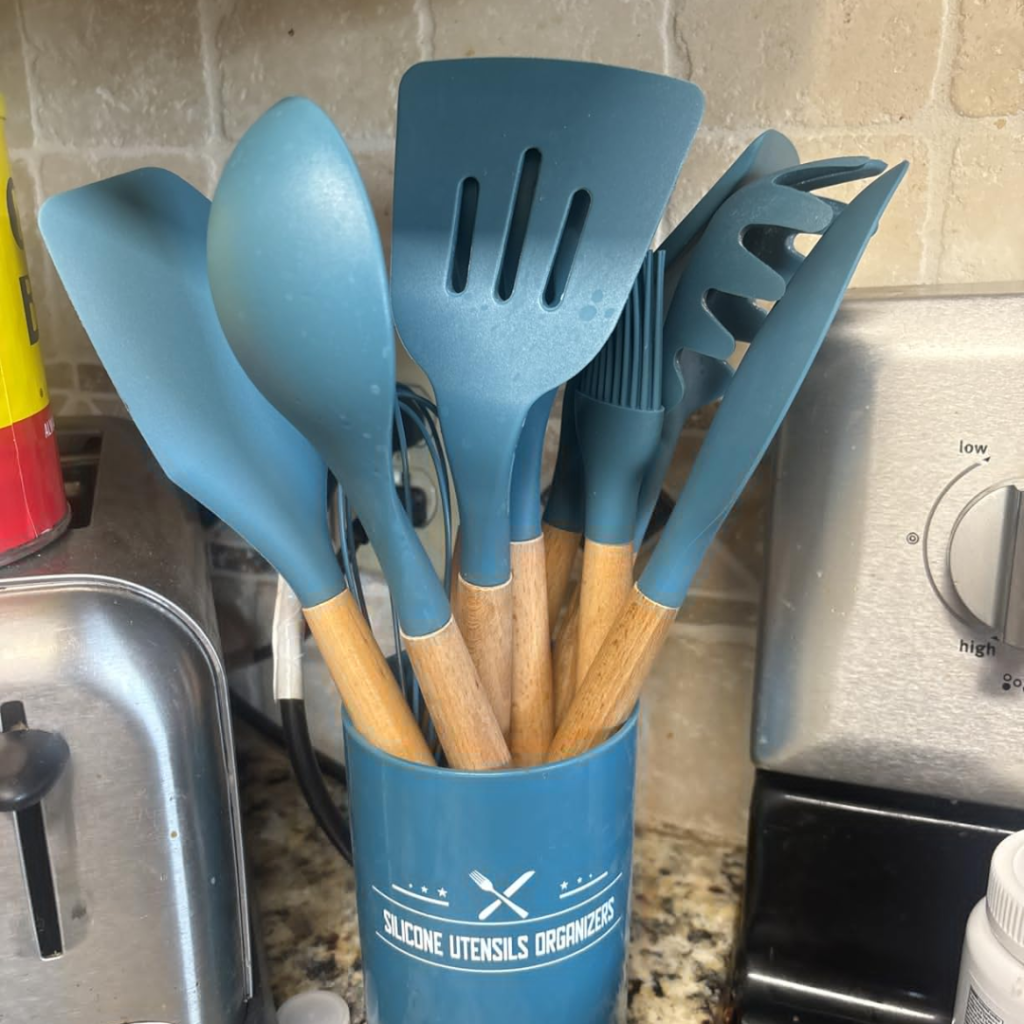Ever noticed how visible outlets can mess with your kitchen’s sleek design? I sure did. When I remodeled my kitchen, those bulky white plates stood out against my carefully chosen backsplash. That’s when I started exploring how to hide outlets in the kitchen—and let me tell you, it’s a game-changer. Hidden kitchen outlets keep your space looking clean, improve safety, and still offer easy access when you need them. In this guide, I’ll walk you through the best ways to make outlets disappear without sacrificing function.
Why You Might Want to Hide Kitchen Outlets
Ever walked into a beautifully designed kitchen, only to have your eyes land on a bunch of bulky outlets ruining the sleek look? It’s frustrating. I’ve been there. When I remodeled my kitchen, those white plates on my backsplash stood out like sore thumbs. That’s when I realized that hiding outlets isn’t just about aesthetics—it’s about creating a kitchen that feels seamless, safe, and functional. Here’s why you might want to do the same:
Aesthetics: A Seamless Kitchen Design
Your kitchen is the heart of your home, and every detail matters. Exposed outlets can disrupt the flow of a carefully curated design, especially if you’ve invested in a stunning backsplash. Hidden outlets keep everything looking clean and modern while still being accessible when needed.
Safety: Reduce Electrical Hazards
Kitchens are full of potential hazards—water, heat, and electrical appliances all in one space. Exposed outlets increase the risk of accidental splashes and spills, which could lead to electrical malfunctions or even fires. Concealing outlets minimize exposure to these risks, making your kitchen a safer place for you and your family.
Functionality: Accessible Yet Out of Sight
You need outlets to plug in your blender, coffee maker, or toaster, but that doesn’t mean they have to be front and center. Smart placement of hidden outlets keeps them within reach without cluttering your walls or countertops. Plus, they free up space for additional storage and design elements.

Best Ways to Hide Kitchen Outlets
Now that we’ve covered why hiding outlets is a smart move, let’s dive into how you can do it. There are several creative solutions, each with its benefits and drawbacks. Here are some of the best options:
1. Pop-Up Outlets
What They Are: Pop-up outlets are installed beneath the countertop and rise when you press a button. When not in use, they sit flush with the surface, making them practically invisible.
Pros:
- Completely hidden when not in use.
- Ideal for kitchen islands.
- Adds a modern, high-tech feel.
Cons:
- Requires professional installation.
- Can be pricey compared to traditional outlets.
Personal insight: I installed a pop-up outlet on my kitchen island, and it was a game-changer. It keeps my workspace clear when I’m not using appliances, and guests are always impressed when I reveal it.
2. Under-Cabinet Outlets
What They Are: Mounted underneath upper cabinets, these outlets remain hidden while still providing easy access for small appliances.
Best For: Kitchens with limited backsplash space or homeowners who don’t want visible wall outlets.
Experience: A friend of mine went with this option, and it worked wonders for keeping her backsplash pristine. The only downside? If you have deep cabinets, reaching them can be tricky.
3. Recessed Outlets
What They Are: Installed slightly deeper into the wall, recessed outlets reduce visibility and allow plugs to sit flush without sticking out.
Ideal For: Keeping cords and appliances neatly aligned, especially with tile backsplashes.
Example: I saw a kitchen where the homeowner matched the outlet plates to the backsplash tile, and it was nearly invisible.
4. Matching Outlet Covers
What They Are: Outlet covers that blend with the backsplash or cabinetry, either by painting them or using tile-matching designs.
Why It Works: Camouflages outlets seamlessly while still keeping them functional.
Example: I painted my outlet covers to match my backsplash, and they became almost unnoticeable. Simple, cheap, and effective!
5. Inside Drawer or Cabinet Outlets
What They Are: Installed inside drawers or cabinets, these outlets are perfect for charging small appliances and keeping counters clutter-free.
Pros:
- Keeps cords hidden.
- Ideal for charging stations.
Cons:
- Requires careful planning during installation.
- Limited to low-power appliances.

6. Toe-Kick Outlets
What They Are: Installed in the baseboard or toe-kick of lower cabinets, these outlets stay out of sight but remain easily accessible.
Best For: Short-term appliance use like a vacuum or mixer.
Installation Tips and Safety Considerations
- Hire a Pro vs. DIY: Some options (like pop-up outlets) require professional installation, while others (like outlet covers) are simple DIY fixes.
- Follow Electrical Codes: Ensure all installations comply with local building codes.
- Avoid Common Mistakes: Don’t place outlets too far from work areas, and always use GFCI outlets for safety.
FAQs
Are hidden kitchen outlets safe?
Yes, as long as they follow electrical safety guidelines and use GFCI outlets where required.
Can I install pop-up outlets in an existing countertop?
Yes, but it requires cutting into the countertop and professional installation.
What is the best way to hide outlets in a small kitchen?
Under-cabinet outlets or matching covers work best for maximizing space.
Do hidden outlets cost more than regular ones?
Yes, most hidden solutions cost more, but the improved aesthetics and functionality are worth it.
How do I make outlets blend with my kitchen backsplash?
Use paintable covers or tile-matching designs to keep outlets discreet.
Conclusion
Hidden kitchen outlets are a smart way to keep your kitchen looking stylish while maintaining safety and convenience. Whether you opt for pop-up outlets, under-cabinet placement, or simple matching covers, there’s a solution for every kitchen design and budget. What’s your favorite way to hide outlets? Share your thoughts in the comments!

I’m a writer and culinary expert with over 10 years of experience in the kitchen. As a graduate of the Institute of Culinary Education and a passionate home chef, I created KitchenBreez.com to share my knowledge of kitchen techniques, cooking tips, and the best kitchen gadgets. Whether you’re a seasoned cook or just starting, my goal is to help you make your time in the kitchen more efficient and enjoyable.
